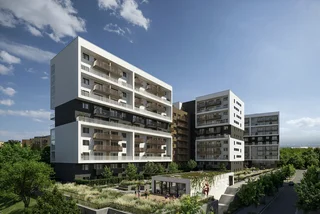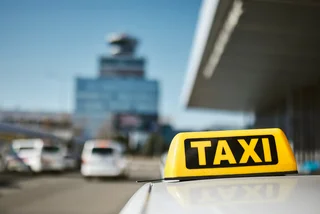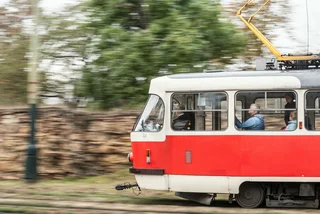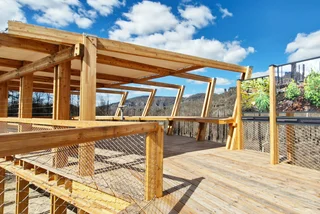The Railway Administration unveiled an architectural study for the new three-rail bridge at Prague's Výtoň Bridge to councilors and city representatives on Friday.
Intended to replace the current bridge, built in 1901, the study for the new structure addresses the current Výtoň Bridge's age-related issues and capacity limitations amidst increasing rail traffic demands.
PARTNER ARTICLE
Changes in the proposal, shaped by an expert group comprising the Railway Administration, Prague officials, NPÚ, and other entities, outlined several enhancements. Key among them is the expansion of the track from the original two tracks to three to address escalating railway traffic.

The new bridge should also align with European rail network requirements for international transport, prioritize eco-friendly transportation, seamlessly integrate rail transport with the new Prague–Výtoň station, and improve public transport connections.

The proposal would also better accommodate pedestrians, strollers, wheelchair users, and cyclists. Additional improvements would transform the area into a community-centric space.
The restoration of the bridge has stirred up intense public debate. In June of this year, the UNESCO World Heritage Center wrote to the Ministry of Culture calling for the historical iron railway bridge to be preserved.
The Czech National Committee of the International Council on Monuments and Sites also says that the bridge is repairable and preservation of the structure in its current form should be a priority due to its historical value. A petition to save the bridge has garnered thousands of signatures.
Additional critics of the Railway Association's plan have also argued against the necessity for the third track on the bridge. A representative from the association said that such arguments are misguided and reiterated the bridge's necessity in addressing evolving rail traffic demands.












 Reading time: 1 minute
Reading time: 1 minute 



























